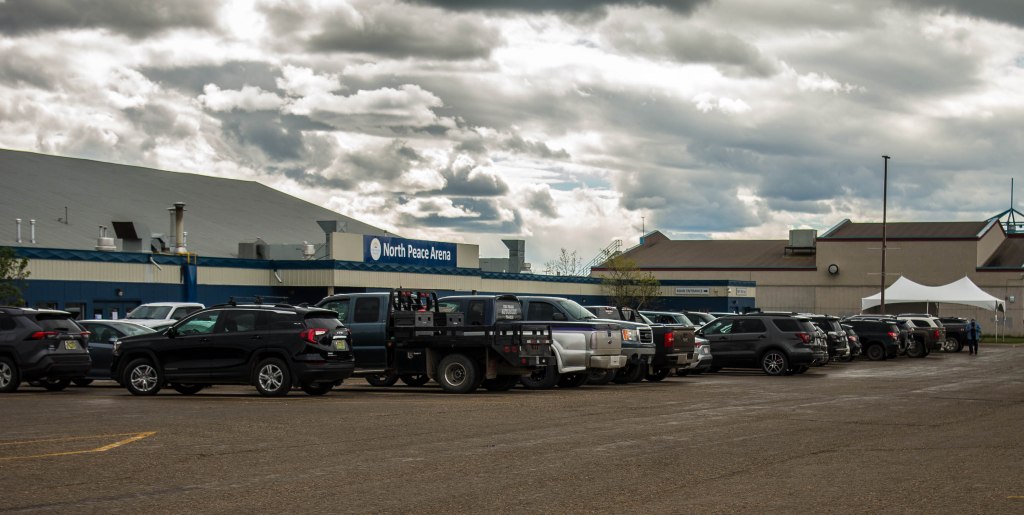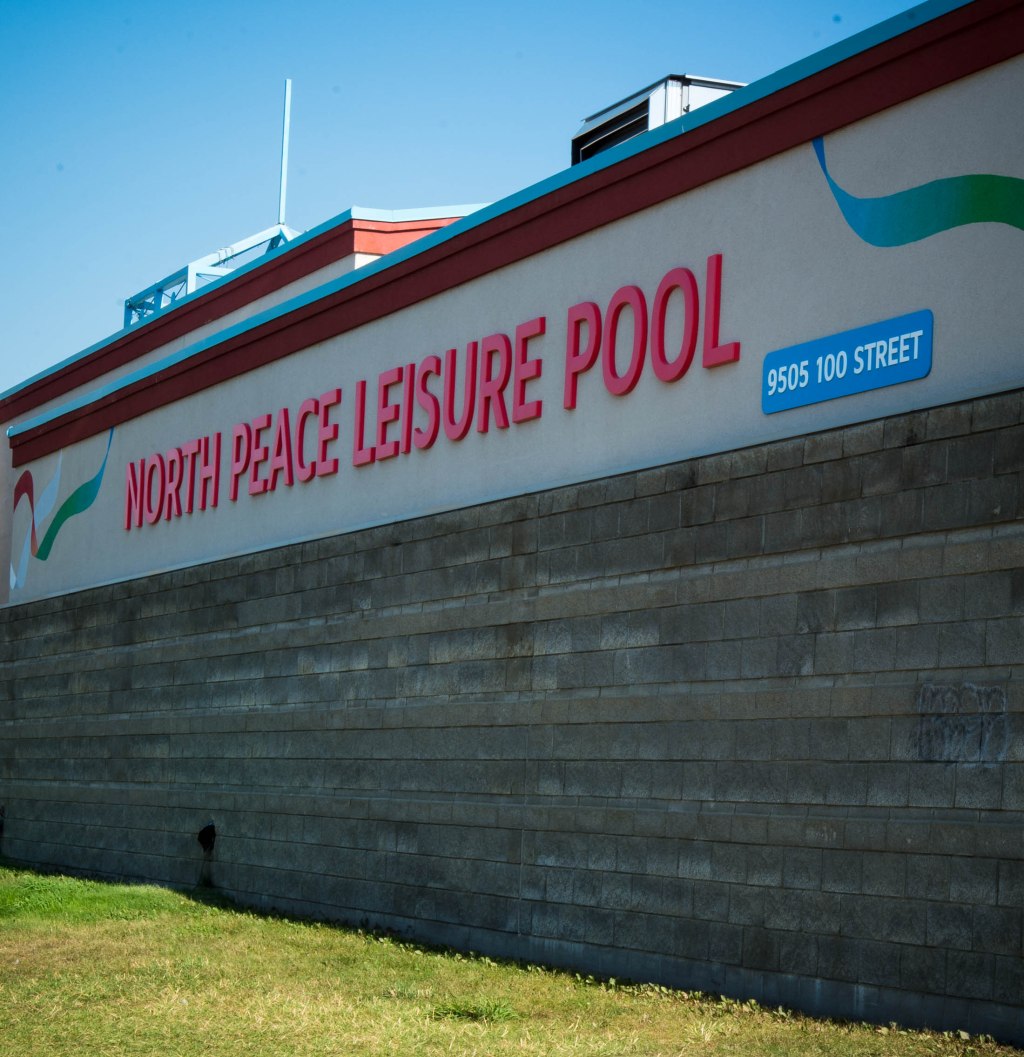Government policies are hurting our competitiveness
Canada and British Columbia have enormous potential and opportunity, but that is being continually eroded by government policies that are hurting our economy, according to Independent Contractors and Businesses Association president, Chris Gardner.
“The theme we have in this country is anti-investment, anti-business, anti-entrepreneur,” Gardner told local business owners at the Fort St. John and District Chamber of Commerce’s AGM. “This theme is running through so much that it’s hurting our ability to generate wealth. (In BC) we’re focussed on wealth redistribution not wealth creation.”
Provincial and federal governments need to get serious about creating the conditions necessary to attract investment and build a strong economy, by finding ways to say yes to investment, to projects and to businesses.
The problem for the North is the fundamental disconnect between the economic activity that happens here and how important it is to the provincial economy.
“The people down in the Lower Mainland don’t understand the amount of wealth that’s generated in the North, through our energy sector and forestry sector compared to other parts of the province,” said Gardner. “We’ve got to invest more in our infrastructure across this province because it’s vitally important to our competitiveness.”
Gardner says he marvels at the sacrifice, innovation, and commitment of the entrepreneurs in the North, people who started their companies from nothing and created wealth and opportunity for the region.
“It’s amazing, but we make it so hard for them. Where are the voices celebrating entrepreneurship?”
He believes that students who express an interest in owning their own company, starting their own business are more likely to be encouraged to go to business school, rather than learn a trade.
“They’re not going to say learn a trade, get some experience, and become a contractor. But that’s exactly the right answer. There are tremendous opportunities in construction to become a business owner,” he said.
“Every single contractor, and there’s a lot in Fort St. John, were all started by people who made sacrifices, who are building businesses, who are investing back into the community, who are creating opportunities.”
LNG is one such opportunity that British Columbians have tried to capitalize on. When Christy Clark was premier of British Columbia, there were 19 applications for LNG projects. It was announced there would be a fund created out of the ensuing tax revenue to invest in future generations. However, the federal government at the time wasn’t interested in LNG, only oil. Because of that lack of interest, the projects couldn’t get federal approval, leading to delays.
“Then someone in the civil service decided that if LNG projects were approved, LNG would make too much money . . . so a special LNG tax was created, when no LNG projects had been approved.”
In 2013, neither Canada nor the US were exporting a drop of LNG. A decade later, the US is the largest exporter of LNG and Canada has yet to complete an LNG project.
“It’s a tragic, missed opportunity, and typifies where we are in Canada. We have a government that is focussed on keeping all natural resources in the ground.”
Natural resources which could create so much wealth and opportunity. Regardless of whether the resource is oil, gas, or forest products, they are all major exports.
“I wish I could be more optimistic, but I’m concerned about the direction we are headed in,” said Gardner. “The rest of the world is not standing still, waiting to see what we do.”
According to the Organization for Economic Cooperation and Development (OECD), which ranks the 38 largest economies in the world, Canada is on track to be the worst performing economy of the OECD countries over the next decade, Gardner said.
“Every single time you look at the tables where we rank, we’re coming up short,” he said. “Our economic growth is forecast at less than one per cent.”
Investment is leaving Canada – other jurisdictions are finding ways to say yes to projects and investment, while we find ways to say no. Canada currently ranks 64th in the world for the time it takes to approve an infrastructure project – 249 days, on average.
“Between 2014 and 2021, business investment declined by 20 per cent, versus an increase of 15 per cent in the United States. If you take the per capita GDP of BC, and rank it against the 50 US states, BC ranks 46th, and it’s getting worse,” Gardner said. “Outbound investment has exceeded inbound investment in Canada every year since 2014.”
This lack of growth and investment is hurting our economy and threatening our long-term prosperity. In fact, the only growth area in recent years has been in government. Between 2020-2023, according to the Fraser Institute, the BC private sector grew by 0.3 per cent, while government job growth was 23 per cent. The Federal government’s civil service has grown 40 per cent since 2015 and is now the same size as the United States’, which has ten times Canada’s population.
“We’re heading in a very dangerous direction. Private sector job growth is flatlining.”
Another area that is flatlining in Canada and BC is population. Last year, for the first time in BC, more people died than were born. Lack of population growth leads to a shortage of workers. With the shortage in affordable housing throughout the country, more construction workers are needed both to fill the positions currently available and replace those who will retire in the next few years.
“In construction specifically, the average retirement age is 60, and 20 per cent of the construction workforce is aged 55 plus,” said Gardner. “So, construction is going to notice a significant and rapid aging out of workers.”
Immigration could help with the shortage of workers, but there are challenges. The biggest of which is that the government can’t count. Last year, Canada’s population grew by 1.2 million, the country took in only 450,000 new immigrants, according to Gardner.
“How is that possible? Because no one is adding up the entire numbers.”
No one is accounting for the 100,000 refugees, primarily from the Ukraine, or the 100,000 temporary foreign workers, or the 900,000 international students.
“That’s a big number. The challenge is, what is the right number? There’s no question we need people, but we need to have a conversation about ensuring we get the right mix of people,” he said. “We need people, but we’re not doing a good job of finding that balance between the kind of workers we need to fuel our economy.”
Of the 500,000 new immigrants to enter Canada next year, only two per cent will enter construction, Gardner said. That’s 10,000 new construction workers. But 60,000 are needed to fill all the jobs.
According to the CMHC, the last time houses were affordable was in 2003. In 1972, when Canada’s population was 22 million, 230,000 homes were built. Fifty years later, when our population reached 40 million, 218,000 homes were built.
“Every objective analysis will tell you that the challenge with affordability is supply,” Gardner said. “RBC says we need to build 800,000 new homes every year for the next decade to meet demand. That’s four times what we’re able to build.”
The time it takes for a developer to get a permit also impedes the ability to build more homes. In Vancouver, for example, it takes four years to get a permit to build a high-rise, and another three years to build it. That same high-rise costs $1,300 per square foot to build, and units are selling for $2,000 per square foot.
“Affordability is detached from what’s happening in our economy.”
The federal government’s emissions reduction program, which says that by 2025 every new home that’s built must be 61 per cent more efficient than homes built in 2019, will increase the cost of new homes by eight per cent, said Gardner.
Also hurting our competitiveness and the ability to grow our economy, is the lack of investment in infrastructure, which has been underinvested for decades.
“Why is this important? Because when contractors are talking, one main topic is the lead times to get electrical equipment, mechanical components, all the parts needed to build community centres, homes, and buildings.”
We’re being poorly served by relying on government leadership. There needs to be a collective call to action to effect change, he said.
“No one business leader can stand up and have the impact (necessary for change), but Chambers can,” Gardner said. “There are lots of advocates and economists out there who are talking about this. There’s a lot being written about our declining per capita income – there is a groundswell of support – it’s not all doom and gloom.”






Leave a comment